Cryogenic technology, derived from the Greek word “Kryos”, signifying “cold,” encompasses the study and application of materials subjected to ultra-cold temperatures.
The extreme cold found in the realm of cryogenics can trigger fascinating chemical reactions, including the transformation of substances from gaseous states to liquid states or the solidification of materials through cooling.
A well-recognized example of a liquid undergoing a state change when exposed to low temperatures is water. At 0 ℃, water transitions from a liquid to a solid, forming ice. However, it’s crucial to note that this does not fall under the domain of cryogenics.
True cryogenic conditions come into play when temperatures of -160 ℃ or even lower are attained, a range in which gases transition into a liquid state. This transformation finds applications across diverse industries.
The temperature required to achieve the liquefaction of a gas varies depending on the specific gas. For instance, oxygen reaches a liquid state at a frigid minus 183 ℃, while helium demands an even more extreme temperature of at least minus 269 ℃.
Types of Cryogenics
Cryogenics encompasses several types, each focused on different aspects of working with extremely low temperatures. They are – 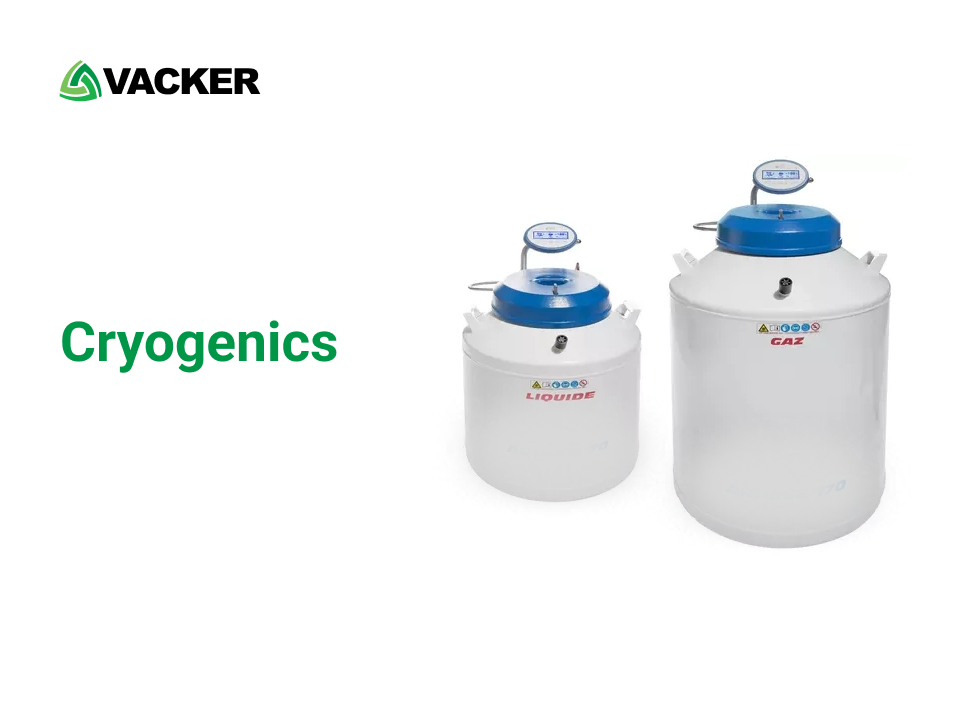
- Liquefied Gases Cryogenics
This is perhaps the most common type of cryogenics and involves the cooling of gases until they transform into a liquid state.
Common gases subjected to liquefied gas cryogenics include nitrogen, oxygen, and argon. These liquids find wide applications in various industries, including medical, industrial, and research.
- Refrigeration Cryogenics
Refrigeration cryogenics involves the use of cryocoolers, which are devices designed to achieve and maintain very low temperatures.
These are used in scientific experiments, medical equipment like MRI machines, and even for cooling superconducting materials.
- Space Cryogenics
In space cryogenics, low temperatures are essential for the proper functioning of spacecraft, satellites, and various scientific instruments.
These applications include cryogenic coolers for infrared sensors and superconducting materials used in satellite propulsion.
- High-Energy Particle Physics Cryogenics
Particle accelerators and detectors used in high-energy physics experiments require cryogenic systems to reach extremely low temperatures.
Superconducting magnets, such as those used in the Large Hadron Collider (LHC), operate at cryogenic temperatures to generate powerful magnetic fields.
- Medical and Biological Cryogenics
Cryopreservation is a significant application in the medical and biological field. It involves the freezing and preservation of biological samples, tissues, and even entire organisms for research and medical purposes.
The most famous application of this type is cryonics, the preservation of the human body in the hope of future revival.
- Cryogenic Storage and Transportation
This type of cryogenics focuses on the storage and transportation of cryogenic liquids, such as liquid nitrogen or liquid helium.
These substances are often used in laboratories, hospitals, and industries and must be stored and transported at extremely low temperatures. Special cryogenic containers and tanks are designed for this purpose.
Features of Cryogenics
Cryogenics exhibits several distinctive features, which make it a unique and exciting field –
- Ultra-Low Temperatures

Cryogenics deals with temperatures well below those experienced in everyday life. These temperatures can range from near absolute zero (-273.15°C or -459.67°F) to a few hundred degrees above it. Achieving and maintaining these temperatures require specialized equipment and techniques.
- Superconductivity
Many materials exhibit superconductivity at cryogenic temperatures. Superconductors have zero electrical resistance and can conduct electricity without energy loss. This feature is leveraged in applications like high-field magnets and electrical power transmission.
- Unique Material Properties
At cryogenic temperatures, materials exhibit unique properties. For example, gases become liquids, and certain materials become brittle or exhibit enhanced electrical conductivity. Understanding and utilizing these properties are crucial in various applications.
- Preservation and Storage
Cryogenics enables the long-term preservation of biological samples, tissues, and even organs. This feature has revolutionized medical research and organ transplantation.
- Space Exploration
In space, maintaining ultra-low temperatures is essential for spacecraft and instruments to function optimally. Cryogenics has enabled the exploration of distant planets, the study of cosmic phenomena, and the search for extraterrestrial life.
- Magnetic Resonance Imaging (MRI)
MRI machines in the field of healthcare rely on cryogenics to cool superconducting magnets. This technology has revolutionized medical diagnostics by providing detailed images of the human body.
- Particle Physics
High-energy particle accelerators and detectors operate at cryogenic temperatures to maximize the performance of superconducting components. These facilities allow scientists to study fundamental particles and explore the origins of the universe.
Implementation Areas of Cryogenics
In the meantime, an increasing number of industries have recognized the value of cryogenic technology. In 1961, for instance, cryosurgery was first applied in the United States, where scientists observed that gradual cooling could effectively eliminate diseased human tissue. 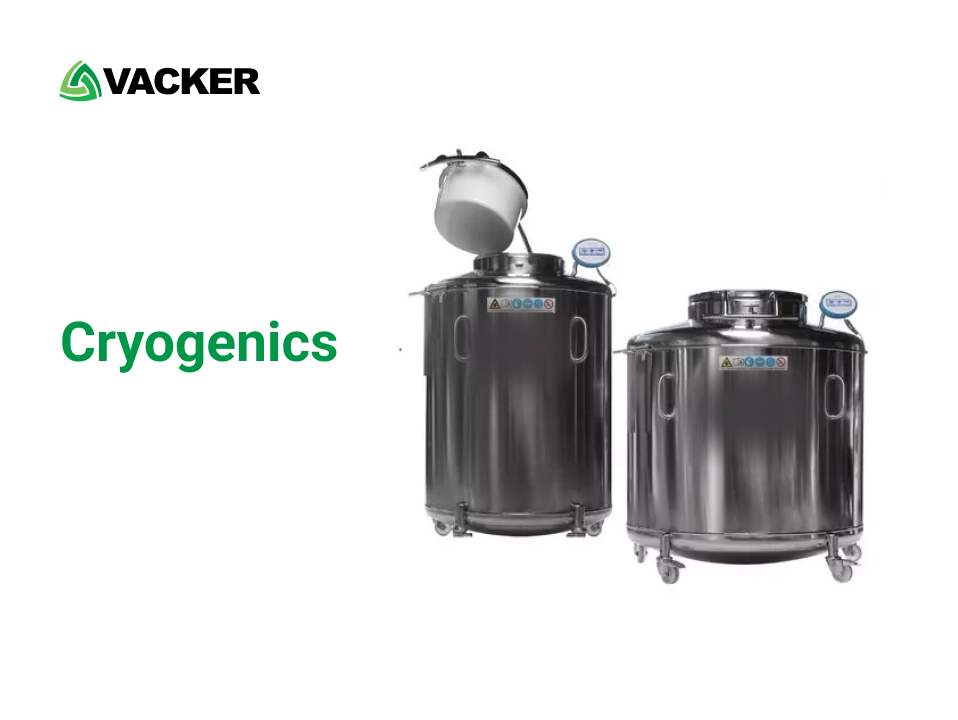
Liquid nitrogen was the chosen medium for this purpose in the United States, and shortly thereafter, medical practitioners in South Africa adopted a similar approach, although utilizing nitrous oxide instead of liquid nitrogen.
Furthermore, the aerospace industry embraced cryogenic technology in the 20th century. In 1961, the American Atlas-Centaur rocket marked a significant milestone by utilizing liquid hydrogen and liquid nitrogen in a space program for the first time. This development prompted substantial production of liquid hydrogen to support analogous projects.
The medical and aerospace sectors are just two instances where cryogenic technology has enjoyed extensive utilization over an extended period.
Cryogenics has also played a prominent role in scientific research, the maritime industry, and the large-scale production of liquefied gases within air separation units. Cryogenics has a wide array of implementation areas, and its influence extends to numerous sectors. Let’s explore some of the key domains where cryogenics plays a pivotal role –
- Aerospace and Space Exploration
- Spacecraft Cooling – Cryogenics is crucial for maintaining the low temperatures required for the proper functioning of spacecraft and instruments in the harsh environment of space.
- Rocket Propulsion – Cryogenic fuels, such as liquid hydrogen and liquid oxygen, are used in rockets to achieve high thrust and efficiency.
- Healthcare and Medicine
- MRI Machines – Magnetic Resonance Imaging machines rely on superconducting magnets cooled by cryogenic systems to provide detailed and high-resolution images for medical diagnosis.
- Cryopreservation – Cryogenics is employed in the long-term storage of biological materials, including sperm, eggs, embryos, and even human organs for transplantation.
- Research and Scientific Discovery
- High-Energy Particle Physics – Particle accelerators like the LHC use superconducting magnets cooled by cryogenics to create strong magnetic fields and study fundamental particles.
- Cryogenics in Astronomy – Infrared telescopes and detectors use cryogenics to reduce thermal noise and enhance sensitivity for astronomical observations.
- Industrial Applications
- Liquefied Gases – Industries use liquefied gases, like liquid nitrogen and argon, for various applications, including food freezing, metal processing, and semiconductor manufacturing.
- Cryogenic Machining – Cryogenics is used in cutting and machining metals, resulting in increased tool life and improved surface finish.
- Energy and Environment
- Superconducting Power Transmission – Cryogenics enables the development of superconducting power cables, which reduce energy loss during electricity transmission.
- Hydrogen Fuel Storage – Cryogenic storage is used for the safe and efficient storage of hydrogen, a promising clean energy source.
- Transportation and Aerospace
- Cryogenic Propellants – Cryogenics is crucial for storing and using propellants in spacecraft and rocket engines.
- Liquid Natural Gas (LNG) Transportation – Cryogenic technology is employed to transport LNG efficiently.
- Manufacturing and Material Processing
- Cryogenic Grinding – In the food and pharmaceutical industries, cryogenic grinding is used to reduce the size of materials, which is particularly beneficial for temperature-sensitive substances.
- Defense and Security
- Infrared Imaging – Infrared cameras and sensors cooled by cryogenics are used for night vision and surveillance applications.
- Academia and Research Institutions
- Cryogenic Laboratories – Research institutions and universities operate cryogenic laboratories to study material properties, superconductivity, and low-temperature physics.
In each of these areas, cryogenics has made significant contributions, enabling breakthroughs, innovations, and improvements that have transformed the way we live, work, and explore the universe.
Conclusion
Cryogenics is not just a science of ultra-cold temperatures; it’s a science of possibilities. From enhancing healthcare diagnostics to enabling space exploration, cryogenics is a powerful and diverse field with a profound impact on various sectors. As technology advances, the applications of cryogenics continue to expand, unlocking new frontiers in science and industry.
Understanding the types, features, and implementation areas of cryogenics is essential for appreciating its role in shaping our world.
To delve deeper into the fascinating world of Cryogenics and uncover its wide-ranging applications, we invite you to connect with Vacker. Our experts are here to provide you with valuable insights, solutions, and the latest innovations in Cryogenics.
Whether you are interested in exploring the field for scientific research, medical advancements, or industrial applications, Vacker is your knowledgeable partner in the realm of ultra-low temperatures.
Discover the incredible potential of Cryogenics by reaching out to us today and embarking on a journey of innovation and discovery. Learn more about Cryogenics with Vacker.

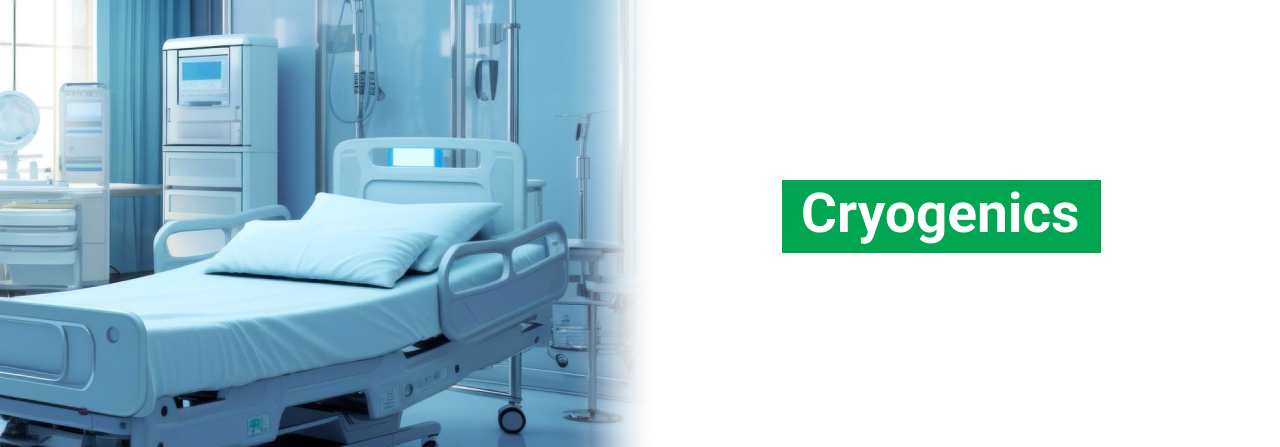
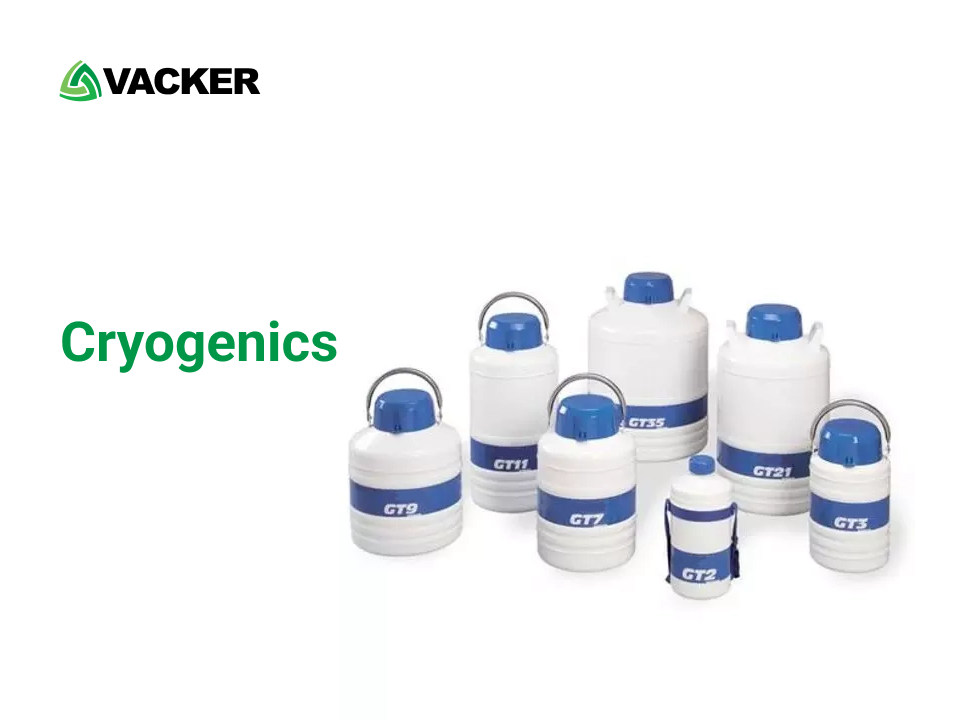

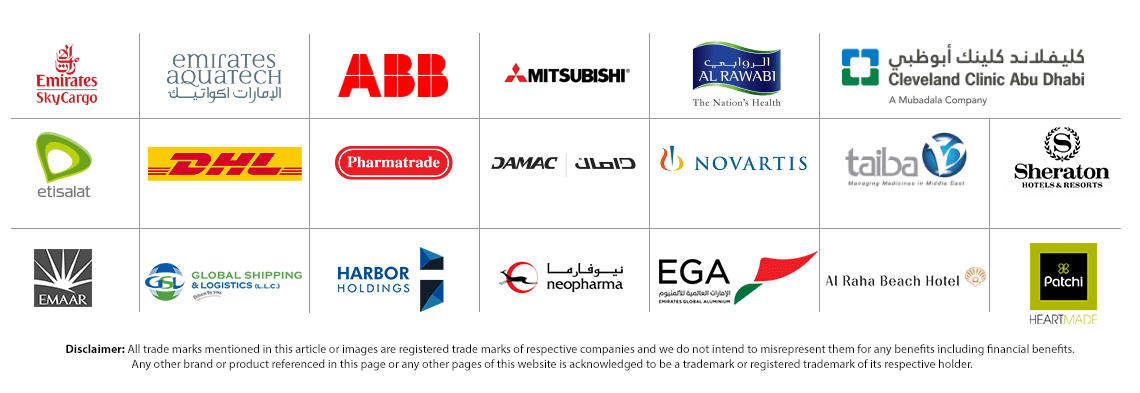
Leave a Reply